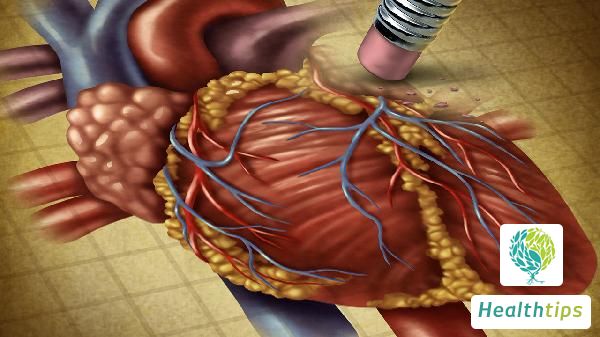How to Relieve Headaches Caused by Nighttime Exposure to Wind?
Headaches triggered by exposure to wind at night may stem from various factors such as cold stimuli, upper respiratory infections, neurasthenia, tension headaches, and cervical spondylosis. Depending on the underlying cause, relief can be sought through general treatments, medications, physical therapies, and other methods under medical guidance. A detailed analysis is as follows:

1. Cold Stimuli
Cold stimuli during windy exposure can lead to cerebral vasospasm, causing transient headaches. Applying warm compresses to the head can alleviate symptoms.
2. Upper Respiratory Infection
Commonly viral, it irritates not only the upper respiratory mucosa but also neural pathways in the brain, causing headaches accompanied by symptoms like sneezing and coughing. Antiviral medications such as Lianhua Qingwen Granules, Antiviral Oral Liquid, and Chaihu Granules can be prescribed.
3. Neurasthenia
A psychological condition stemming from prolonged stress and tension, neurasthenia predisposes individuals to mental fatigue and may exacerbate muscle tension pain after cold exposure. Neurotrophic medications like Oryzanol Tablets, Mecobalamin Tablets, and Vitamin B1 Tablets can be prescribed.
4. Tension Headache
Cold stimuli can tighten the head, resulting in pronounced headaches. Analgesics like Ibuprofen Sustained Release Capsules, Meloxicam Tablets, and Paracetamol Tablets can be prescribed for relief.
5. Cervical Spondylosis
Herniated cervical discs compressing nerve roots cause headaches and neck stiffness. Acupuncture, massage, and other therapies can alleviate pressure and symptoms.
Other potential causes include migraine and trigeminal neuralgia. If symptoms persist, immediate medical attention is advised to prevent condition aggravation.



















